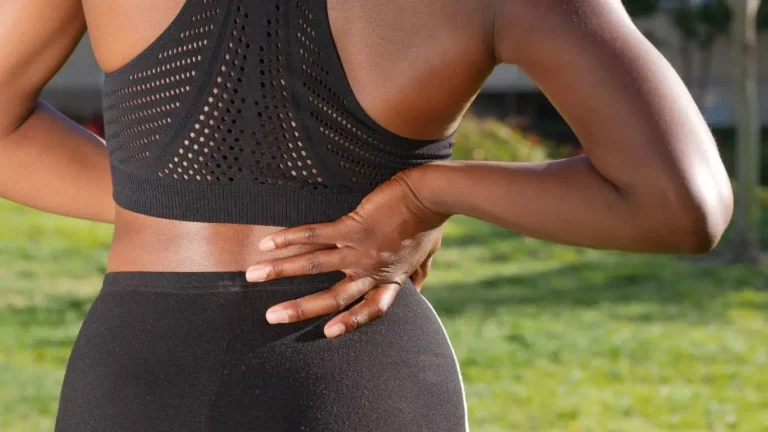Conquer Morning Joint Pain from Rheumatoid Arthritis with These Tips
Managing morning joint pain from rheumatoid arthritis is something I talk about with my patients *a lot*. If you’re living with RA, you know those early hours can feel like you’re stuck in slow motion. Your joints are stiff, achy, and not exactly in the mood to cooperate — especially when the day’s just getting started. As a Rheumatology Nurse Practitioner, I’ve seen firsthand how impactful the right strategies can be in easing that morning struggle. And yes, I’ve even tested a few of these tips myself on those particularly creaky days.
Why Is Morning Joint Pain So Intense with Rheumatoid Arthritis?

Let’s break this down. RA is an autoimmune disease, meaning your immune system mistakenly attacks your joints, thinking it’s doing you a favor (spoiler: it’s not). Overnight, while you’re resting, inflammation tends to build up in the joints. Your body slows down its natural anti-inflammatory mechanisms when you’re asleep, so you wake up with joints that feel like they’ve been dipped in cement.
Morning stiffness in RA typically lasts longer than with other joint issues like osteoarthritis. We’re not talking five or ten minutes. It can stretch out for an hour or more, and that seriously messes with your morning flow. Getting out of bed, brushing your teeth, making coffee—it all becomes an uphill battle.
So, what can we actually do about it?
From clinical experience and what I’ve seen in day-to-day practice, there are some practical steps that can really help take the edge off.
Start Your Morning with Warmth
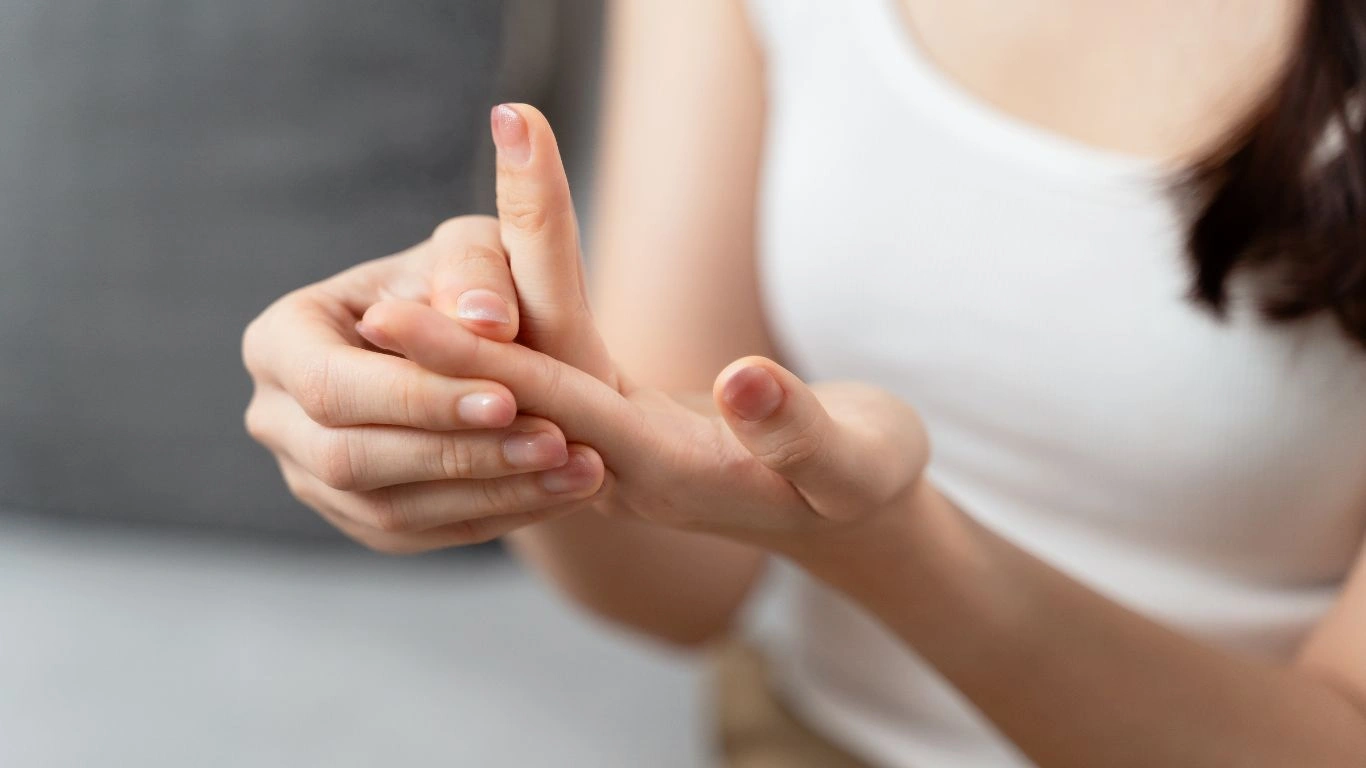
Honestly, this one’s a classic. Heat is your best friend in the morning. It helps increase blood flow, relax muscles, and loosen up stiff joints. My go-to advice for patients is:
- Heating pads or electric blankets: Try setting a heating pad on your joints while still in bed. Some folks even sleep with an electric blanket set to low heat.
- Warm showers: A hot shower first thing in the morning is almost like a reset button for your body. Let the water hit your shoulders, hands, and knees — wherever you’re feeling stiffest.
- Heated gloves or socks: If your hands or feet are the worst in the morning, pop these on before even getting out from under the covers.
One of my longtime patients, Carol, swears by her heating pad ritual. She keeps it on her nightstand, clicks it on the moment her alarm goes off, and gives herself 15 minutes before even attempting to move. And it works wonders for her mobility.
Prepping the Night Before
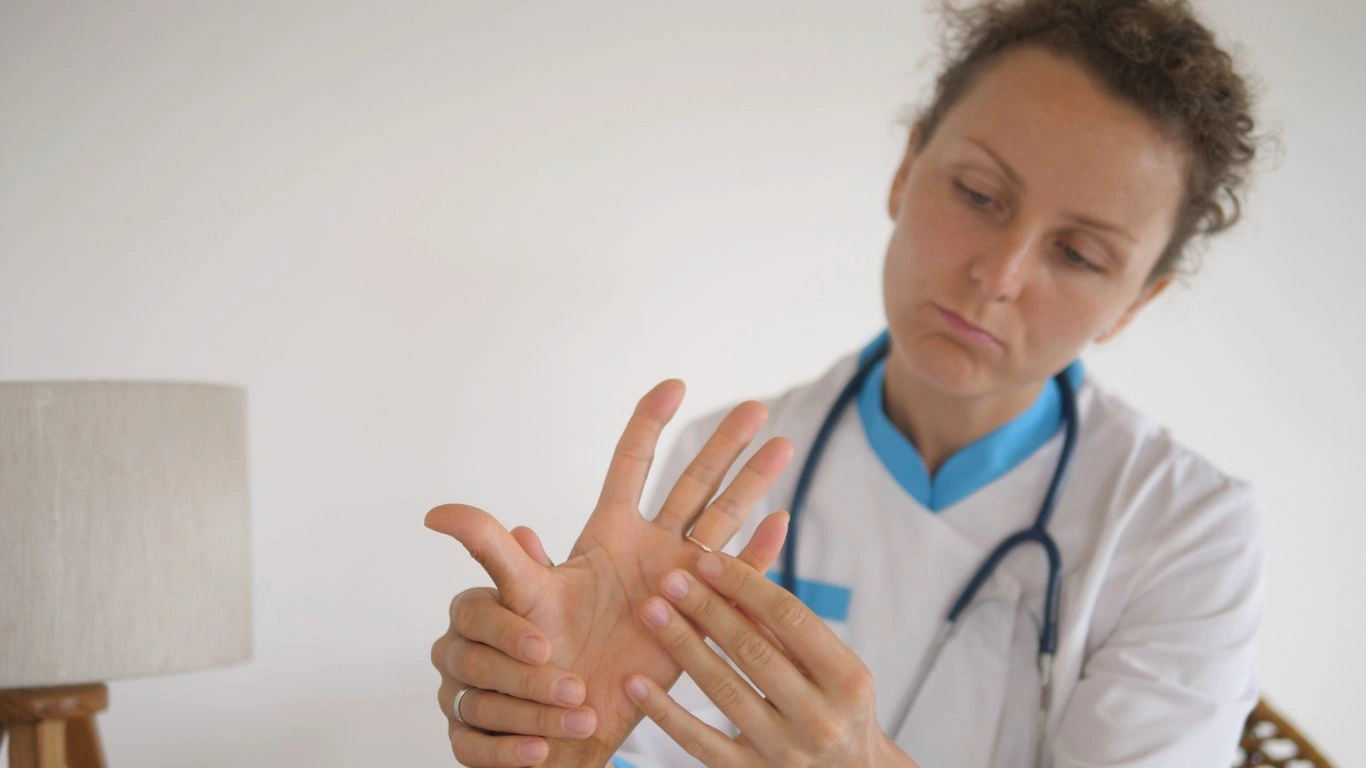
Here’s a little behind-the-scenes secret: managing morning joint pain often starts the night before. I always encourage patients to prep for the a.m. like they’re setting the stage for a play. Because when everything is right where you need it, you avoid those frustrating, painful stretches or bends that start the day off rough.
Here are a few simple nighttime habits to try:
- Layout comfy, easy-to-wear clothes: Opt for soft fabrics and pull-on styles. Buttons and zippers can feel like a cruel joke some mornings.
- Keep water and meds by the bed: Some RA meds or supplements (like turmeric or ginger capsules) may help if taken right when you wake up. Check with your rheumatologist or pharmacist first, of course.
- Use supportive pillows: Especially for neck or back stiffness, contour pillows or body pillows can help your joints stay better aligned while you sleep.
And don’t overlook something as simple as staying hydrated. Even mild dehydration can make your joints feel more sensitive, and that stiffness? It lingers longer. I usually tell my patients to keep a bottle of water on the nightstand and sip some before they even sit up in bed.
Incorporating Gentle Morning Movement
Now, I know the last thing you want to do when your joints feel like rusty hinges is move them—but a little movement goes a long way. I usually recommend what I call “bed stretches”—low effort, high return.
Here are a few of my go-to morning stretches:
- Wrist circles: Gently rotate your wrists clockwise and then counterclockwise while lying down.
- Ankle pumps: Point your toes and then flex them toward your shins a few times to get the blood flowing.
- Neck rolls: Slowly roll your head from side to side to loosen tension.
- Fist clenches: Open and close your hands, squeezing gently to get your fingers working again.
I used to guide morning group sessions for RA patients, and these simple stretches made a big difference. One woman told me that doing just 5 minutes before getting out of bed completely changed how she approached her mornings. That’s the kind of stuff that makes my job feel incredibly worth it.
Choosing the Right Medications for Morning Joint Pain Relief
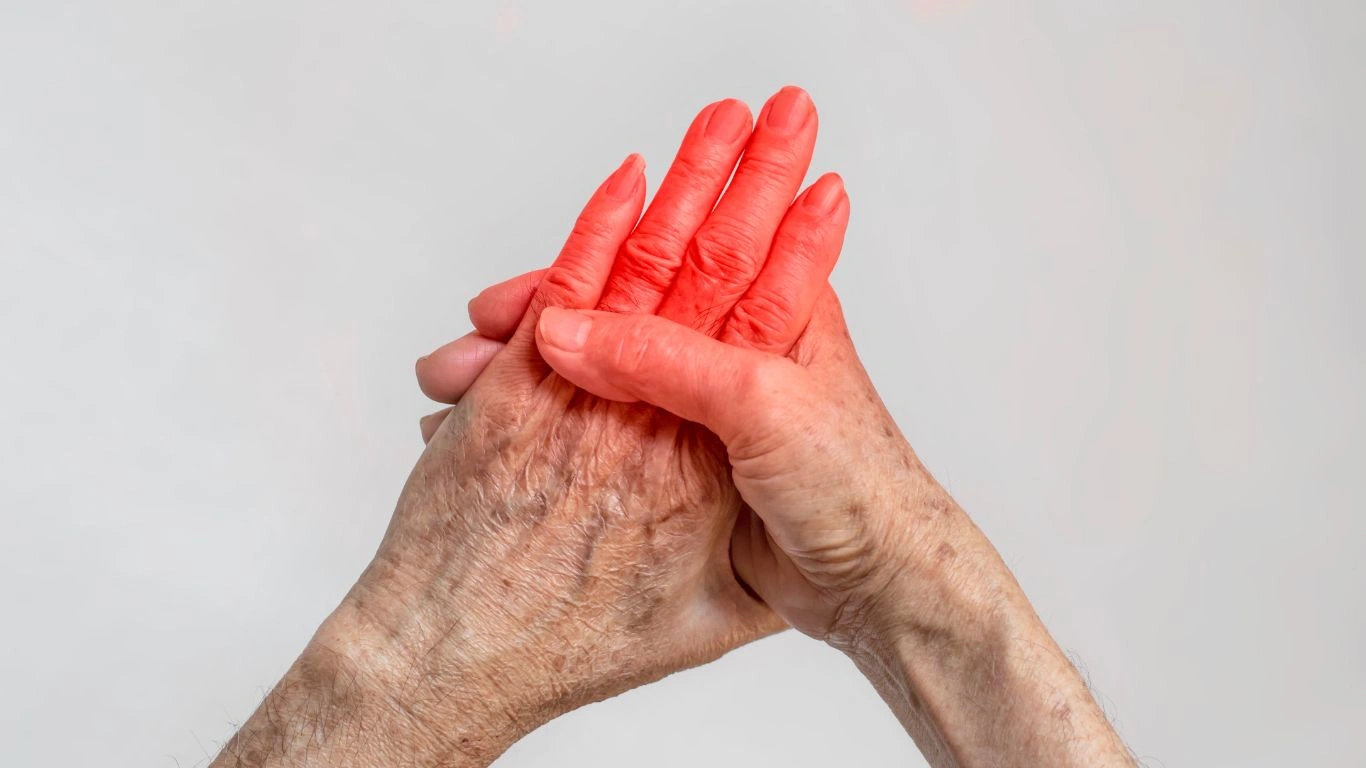
Medications can be game-changers when it comes to managing morning joint pain from rheumatoid arthritis. But let’s be real—finding the right medication combo can feel like dating. Some options work great; others… not so much. As a Rheumatology NP, I spend a good chunk of my clinic days helping patients fine-tune their meds to fit their lives, not the other way around.
Depending on your symptoms, your rheumatologist might recommend:
- NSAIDs (Non-Steroidal Anti-Inflammatory Drugs): Like ibuprofen or naproxen to help tame that overnight inflammation.
- DMARDs (Disease-Modifying Anti-Rheumatic Drugs): These are the heavy-hitters. Meds like methotrexate can slow disease progression—not just mask symptoms.
- Biologics: For those who need a little extra help, biologics target specific parts of the immune system to dial down the inflammation.
- Low-dose steroids: Sometimes a short course of prednisone can be a bridge while waiting for DMARDs or biologics to kick in.
Pro Tip: Some patients take a small dose of a fast-acting NSAID early in the morning (even setting an alarm an hour before they need to wake up) to help reduce stiffness before getting out of bed. I’ve seen this “pre-wake” dose idea really change the game for a few of my long-time RA warriors.
Nutrition Tips That May Help Morning Stiffness
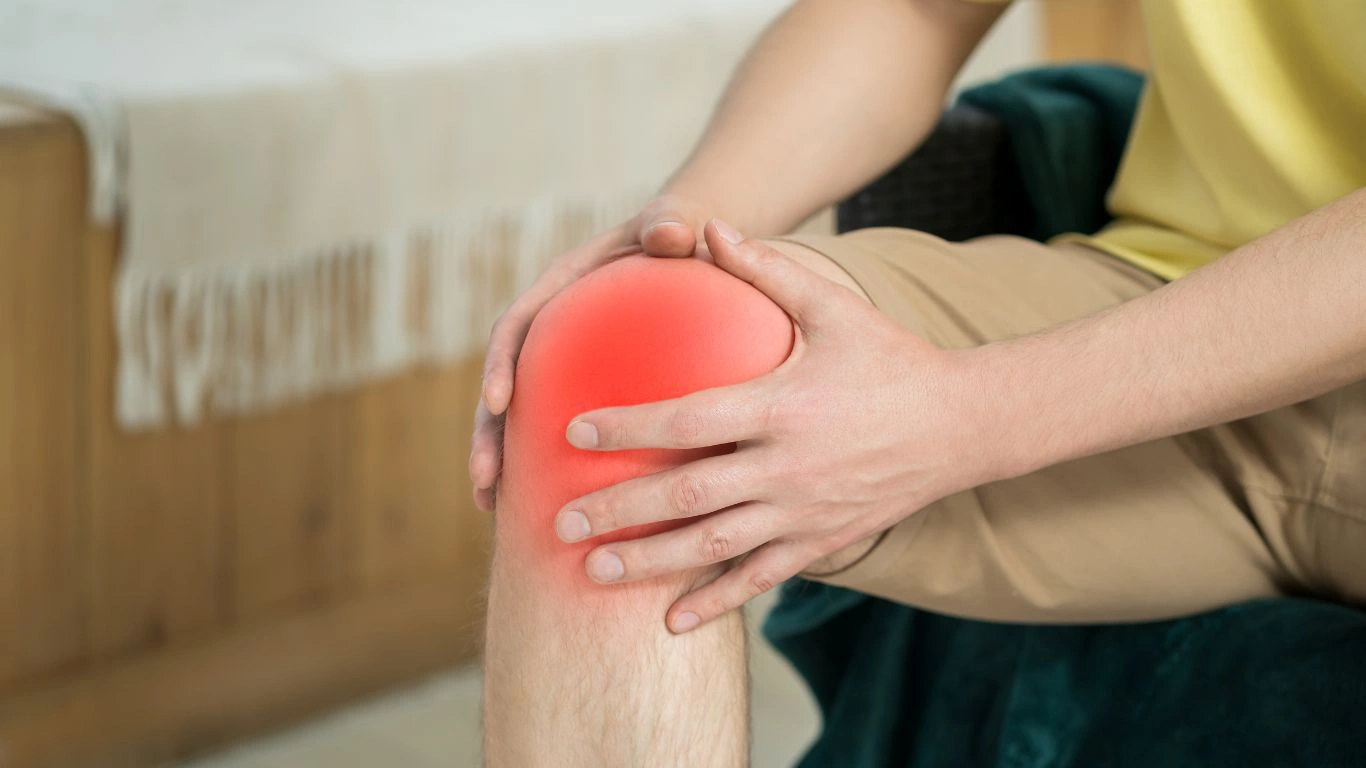
Food can be powerful medicine—this is something I learned the hard way after many nights scrolling through medical journals and comparing them to what my patients were actually experiencing. Certain foods seem to dial down inflammation, while others can stoke the fire.
Try incorporating more of these into your meals:
- Omega-3 rich foods: Salmon, walnuts, flaxseeds. Omega-3s have legit anti-inflammatory properties. Some of my patients even swear by daily fish oil supplements (always check with your doctor first, though!).
- Colorful fruits and veggies: Think berries, spinach, and sweet potatoes. High in antioxidants that help fight inflammation from the inside out.
- Turmeric and ginger: I’m not saying sprinkle turmeric on everything (unless you want to!), but adding it into your diet could help. Both have natural anti-inflammatory compounds.
On the flip side, foods that tend to make morning joint pain worse include anything processed, sugary, or fried. It’s like adding lighter fluid to the inflammation fire. I always tell my patients: nobody has to be perfect—but small tweaks here and there can have a big cumulative impact.
Creating a Morning Routine That Actually Works for You
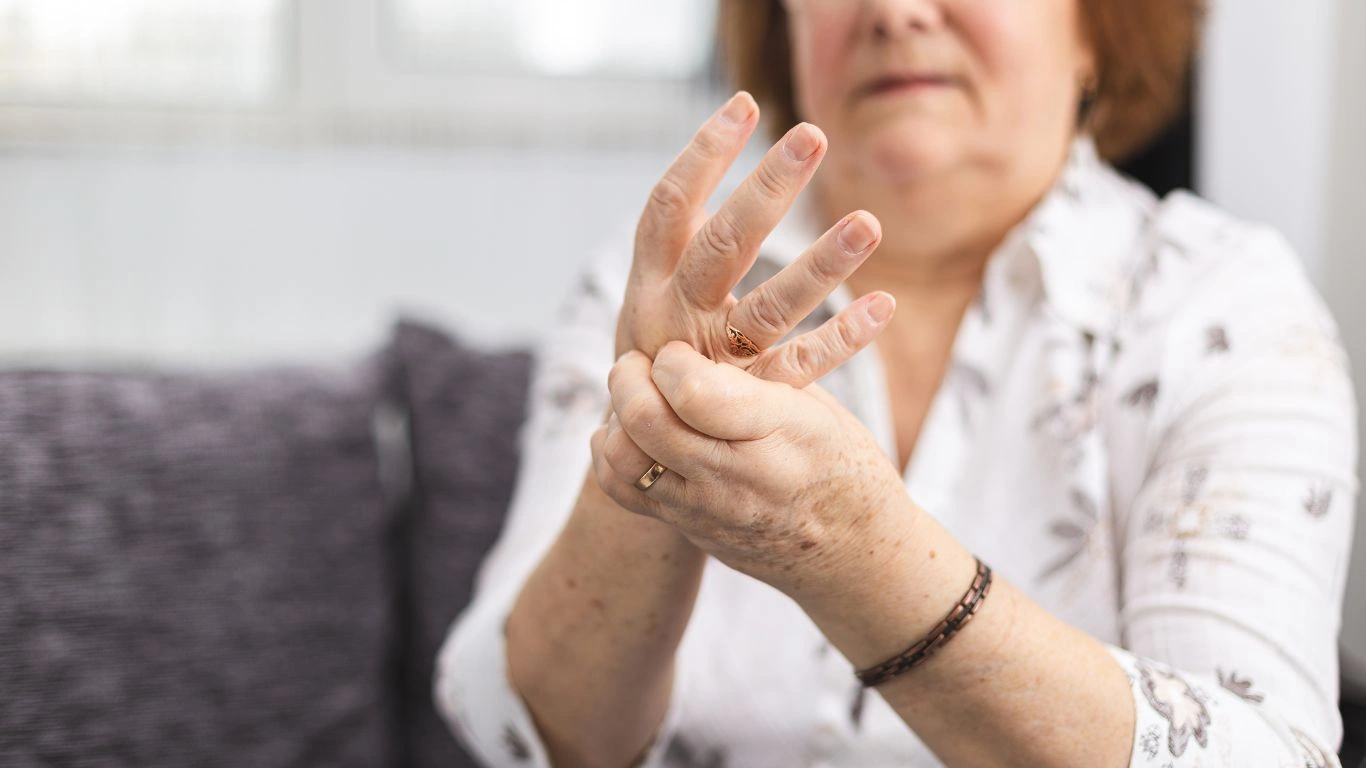
There’s no one-size-fits-all when it comes to RA and managing that stiff, achy morning vibe. What works for one person might totally flop for someone else. Over the years, I’ve seen that patients who design a customized morning routine tend to feel more in control of their symptoms—and life in general.
Here’s what a joint-friendly morning routine might include:
- Gentle wake-up: Set a soothing alarm (think birds chirping instead of blaring horns). Give yourself grace to wake up slowly.
- Warm-up: Before hopping out of bed, do a few simple stretches, use heating pads, or take that hot shower we talked about earlier.
- Medication timing: Take your pre-planned meds or supplements as part of your first moments of the day, if advised by your healthcare provider.
- Nutritious breakfast: Fuel up with foods that fight inflammation, like a berry smoothie with a handful of walnuts thrown in.
- Mindful movement: A little yoga, tai chi, or even a slow walk around your living room can help your joints get moving without overwhelming them.
I always tell my patients to think of their morning routine as a personal tool kit. Build it with what helps you, toss what doesn’t. And don’t be afraid to tweak it as your body’s needs change!
Why Mental Health Matters with Morning Joint Pain
Let’s get real for a second: chronic pain is as much an emotional battle as it is a physical one. And the mornings, when everything feels especially tough, can also be the loneliest time if you’re not mentally prepared for it. I’ve seen it countless times, both in my patients and honestly, in myself after long days in the clinic.
Some quick, doable strategies that can help include:
- Morning gratitude journaling: Jot down three things you’re grateful for—even if it’s just “I have a soft bed” or “Today’s coffee smells amazing.”
- Breathing exercises: Just 2 minutes of deep breathing can reset your nervous system and lower pain perception.
- Stay connected: Have a “morning buddy”—someone you text or call every morning to say hi. It can be a total mood lifter.
I once worked with a patient named Sam who battled severe morning depression alongside his RA symptoms. We worked together to build a simple morning ritual of breathing exercises and a quick check-in call with his sister. Within weeks, he told me mornings no longer felt like the enemy. Stories like that stick with me and fuel why I always advocate for treating the mind alongside the body.
Smart Tools and Gadgets That Make Mornings Easier
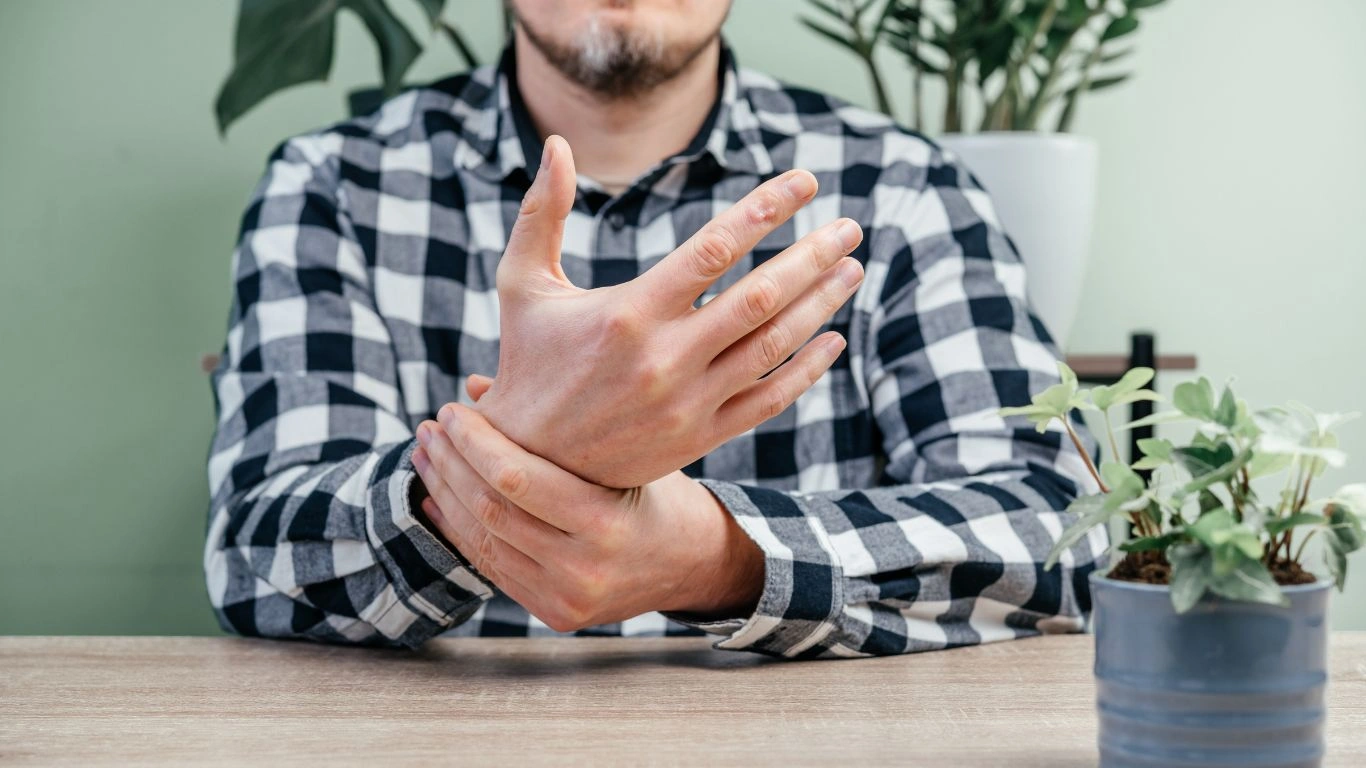
Sometimes, it’s not just about mindset or medication—sometimes it’s about having the right tools to outsmart that rheumatoid arthritis and managing morning joint pain challenge. I’m a huge fan of adaptive devices because, honestly, they’re like tiny superheroes helping you win your mornings.
Here are some patient-approved (and personally recommended) tools:
- Ergonomic utensils and kitchen tools: These make breakfast prep way less painful. Look for chunkier handles and lightweight designs.
- Electric can and jar openers: Because struggling with a pickle jar at 7 a.m. is not how anyone wants to start the day.
- Button hooks and zipper pulls: Getting dressed with stiff fingers is so much easier with these simple gadgets.
- Voice-activated tech: Setting up voice commands on your phone or smart speaker to control lights, alarms, and even coffee makers can save you a dozen painful motions first thing in the morning.
One patient of mine, Mary, was super skeptical at first about buying “special gadgets,” but after using an electric jar opener and switching to adaptive kitchen knives, she told me she cut her morning prep time (and pain) in half. Sometimes it’s the little things that make the biggest difference.
Physical Therapy and Morning Joint Pain: A Secret Weapon

If you’re not already seeing a physical therapist (PT) or occupational therapist (OT) for your RA, consider this your nudge. These professionals are absolute magicians when it comes to customized movement plans that actually work with your body, not against it.
Over my years in rheumatology, I’ve teamed up with so many great PTs and OTs who taught me and my patients that consistent, *gentle* movement throughout the day can reduce morning stiffness over time. It’s like training your joints to wake up a little happier.
Some therapies that can help with morning joint stiffness include:
- Range-of-motion exercises: Easy, low-impact stretches that you can do even while lying in bed.
- Hydrotherapy: Exercising in a warm water pool is easier on the joints and super soothing.
- Strength training (modified): Gentle strength work can help stabilize joints and prevent further damage.
Tip: Always make sure you’re working with a therapist who understands autoimmune diseases like RA. Not every PT or OT is trained for inflammatory arthritis specifics. Don’t be afraid to ask questions or even interview a few until you find your perfect fit.
Community and Support Systems: Don’t Go It Alone
One of the biggest mistakes I see patients make (and hey, even I’m guilty of this sometimes) is trying to tough it out solo. RA is tough enough without adding isolation to the mix. Having a solid support system is huge for both physical and emotional resilience—especially when those mornings feel impossibly hard.
Finding community doesn’t always mean joining a formal support group (although there are some awesome ones out there!). It could be:
- Online forums: There are plenty of communities where people share real-life tips and encouragement. (Check out spaces linked through reputable health sites like NIH or Health.)
- Local arthritis foundation chapters: They often host free classes, educational talks, and group activities that are RA-friendly.
- Family and friends: Just having one or two people who “get it” can change your whole outlook on those rough mornings.
I’ll never forget one patient who told me the best advice she ever got was to “build her own team”—friends, family, healthcare providers, and even a favorite yoga teacher who understood her limits. That team helped her navigate both the physical and emotional hurdles of living with RA.
Small Wins Are Big Wins
One last thing I always remind patients—and myself—is that living with rheumatoid arthritis isn’t about achieving perfection. It’s about creating small victories every single day, especially during those tough early morning hours.
Maybe one morning your stretches loosen up your hands faster. Maybe another day you cook a healthy breakfast without feeling completely drained. These wins matter. They add up. And over time, they change how you feel about your body and your mornings.
If managing morning joint pain with RA feels overwhelming right now, know that you’re not alone. I’ve walked this path alongside countless patients, and I can tell you—real, meaningful improvement is absolutely possible. It just starts with one step. One small change. And a whole lot of patience and kindness toward yourself.
References
Disclaimer
This article is intended for informational purposes only and is not a substitute for professional medical advice, diagnosis, or treatment. Always seek advice from your rheumatologist or healthcare provider regarding any questions you may have about your condition or treatment options.

Tarra Nugroho is a dedicated Nurse Practitioner with a strong foundation in family and preventive care. She brings both compassion and clinical expertise to her practice, focusing on patient-centered care and health education. As a contributor to Healthusias.com, Tarra translates medical knowledge into clear, empowering articles on topics like women’s health, chronic disease management, and lifestyle medicine. Her mission is simple: help people feel seen, heard, and informed—both in the clinic and through the content she creates. When she’s not caring for patients, Tarra enjoys weekend hikes, plant-based cooking, and curling up with a good health podcast.

